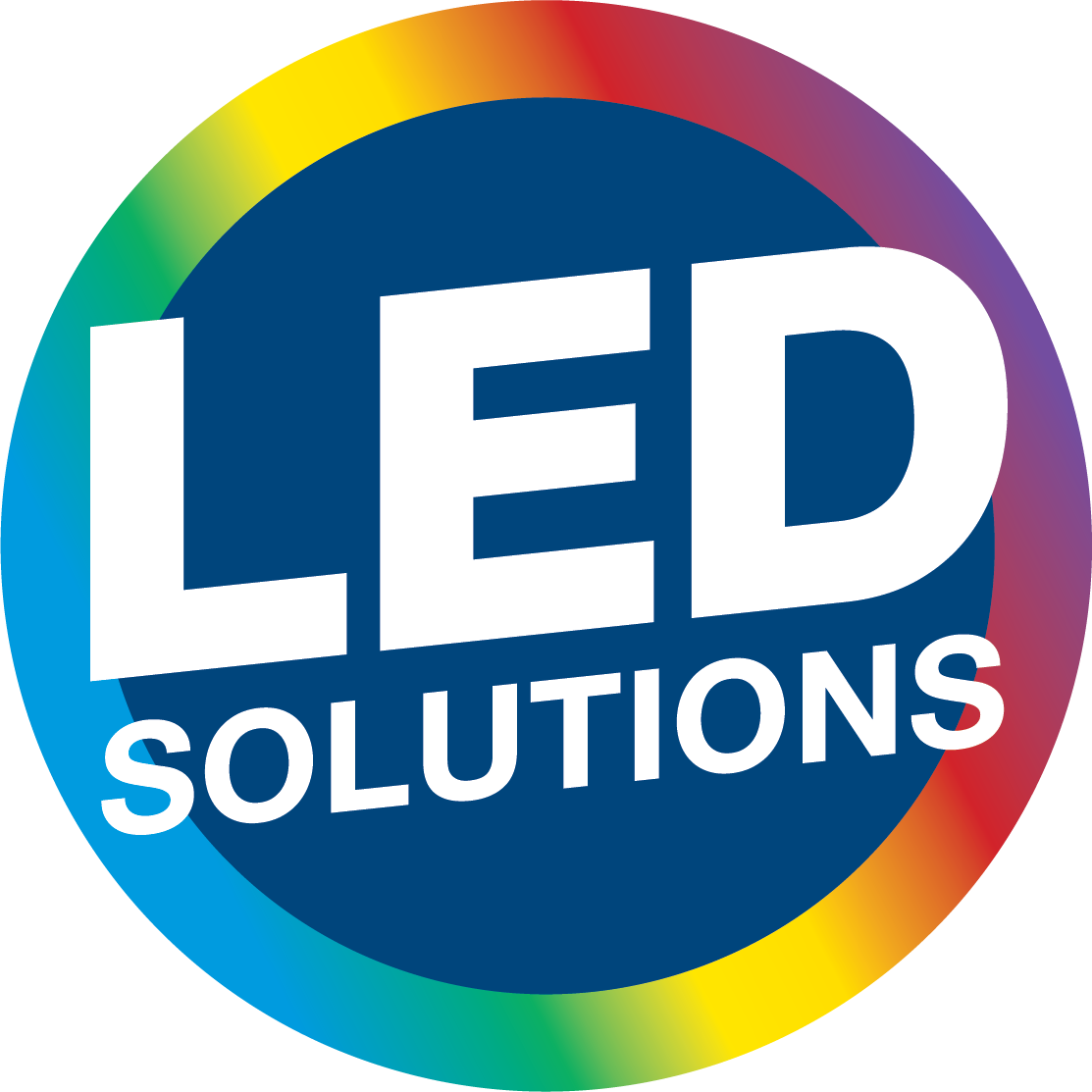Industry standards specify the surround for evaluation of photographic prints and printed materials should be Munsell N8 gray. A chromatic color (e.g., Red, Green, Blue) will influence and bias the color perception of the viewer. For this reason, an achromatic color (black, white, or gray) surround is needed. Munsell N8 is a medium gray tone, about half way between black and white. Therefore, it works well for almost all color evaluation applications. GTI’s Graphiclite® viewers and light booths for the imaging industries all have a Munsell N8 surround. GTI offers N8 paint in both pints and gallons.
No, they can be plugged in to any normal outlet with a rating of at least 10 Amps. However, due to the use of electronic ballasts for the fluorescent lamps, they should never be plugged into a battery back-up system (Uninterrupted Power Supply).
Fluorescent daylight technology has made great advances over the past 15 years, and GTI Graphic Technology, Inc. has actually helped this along. The main advantages of a high quality fluorescent daylight source are:
- They will include UV energy in sufficient amounts for the simulation of daylight (filtered tungsten requires the addition of a separate UV lamp to provide enough UV energy to properly simulate daylight).
- They do not produce excessive amounts of heat (filtered tungsten produces over 5000 BTU’s of heat).
- They do not use filters (filters fade or change color requiring periodic replacement);
- Because they do not use filters, proper intensity at the correct color temperature is easier to achieve with fluorescent daylight.
- They consume less power.
- They do not require special cooling or ventilation systems to stabilize the lamp color temperature (filtered tungsten must keep lamps within a tight temperature range or the color output will change).
- They do not require high amperage circuits (20 AMP or more), which are expensive to install. They will run on a normal 10 AMP circuit.
But not all fluorescent daylight lamps are the same. GTI Graphic Technology is one of the few suppliers of lamps that meet the industry requirements for color viewing applications.
In ISO 3664, a CIE rating is referenced and this rating includes a level of UV to be included in daylight sources. UV is a natural component in natural daylight. To simulate true daylight with a man-made light source, including UV is necessary. However, the imaging industry frequently uses optical whitening agents in substrate materials, e.g., paper. These agents absorb energy in the UV area of the spectrum and re-emit them in the visible region of the spectrum, usually in the blue region. This helps the paper to appear “whiter”. Unfortunately, this effect is not always desirable. When matching a proof to a monitor, the monitor will not exhibit these optical whitening characteristics, so the proof and monitor will never match each other. For this reason, having lamps that emit only small amounts of UV energy is desirable in many applications.
ISO 3664 species that in the imaging industry – graphic arts, photography, and graphic design – 5000K lighting, a.k.a. D5000 or D50 as it is commonly referred to, is the best light source to use. It has equal amounts of Red, Green, and Blue light energy, so it will not accentuate or subdue any colors. In imaging applications, many colors are viewed at the same time (e.g. a photograph), so all colors need to be represented evenly. This is why an equal energy light source is so important to this application.
D5000 should be the primary source, but a secondary source can also be used. In packaging applications, using the source used in the store would be useful. This is typically a high efficiency fluorescent lamp.
Old color evaluation booths also offered 7500K lighting. This light source was only used to help the pressman see the yellow ink on the press sheet. This was dropped from the standard (ISO 3664) over ten years ago. D50 is the only ISO standardized source now used in the imaging industry.
